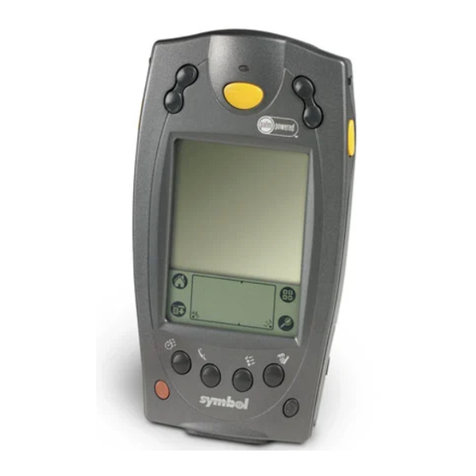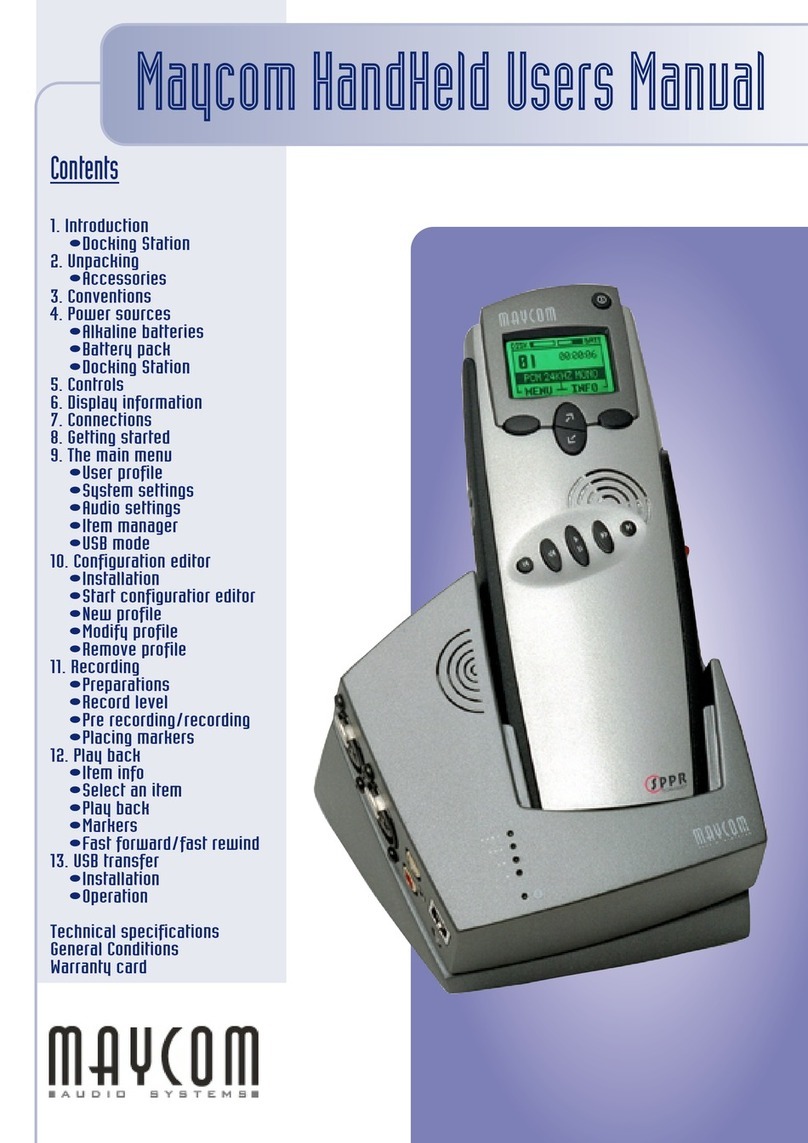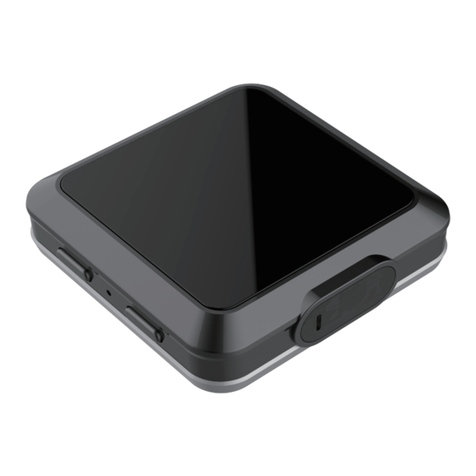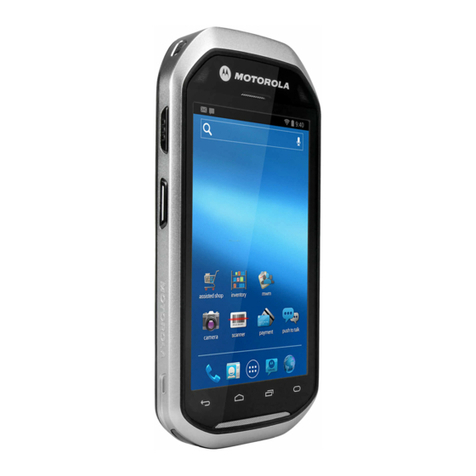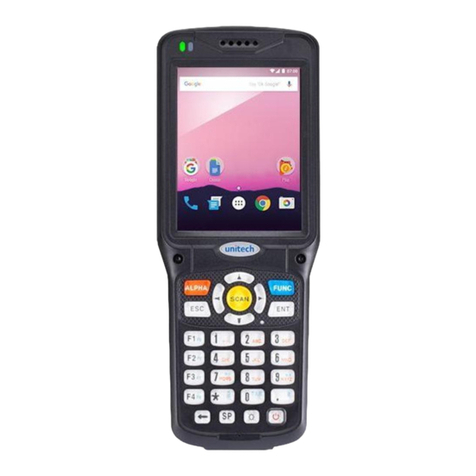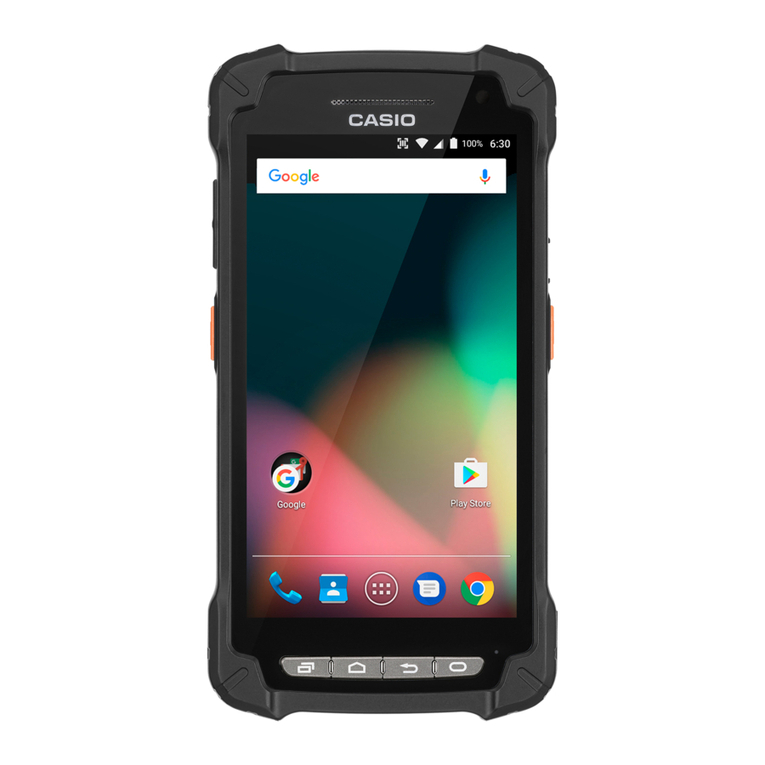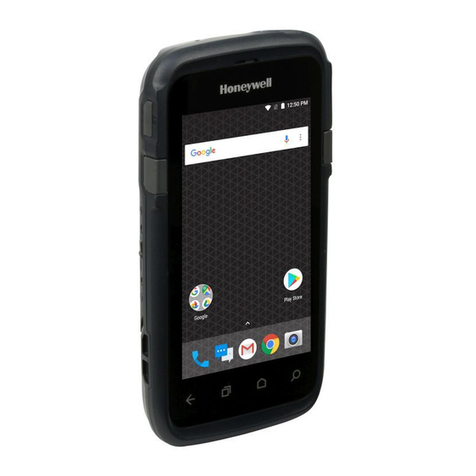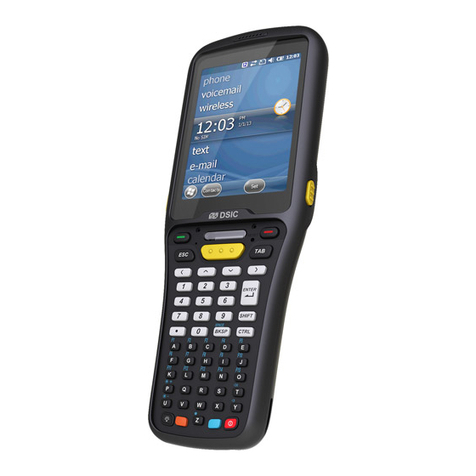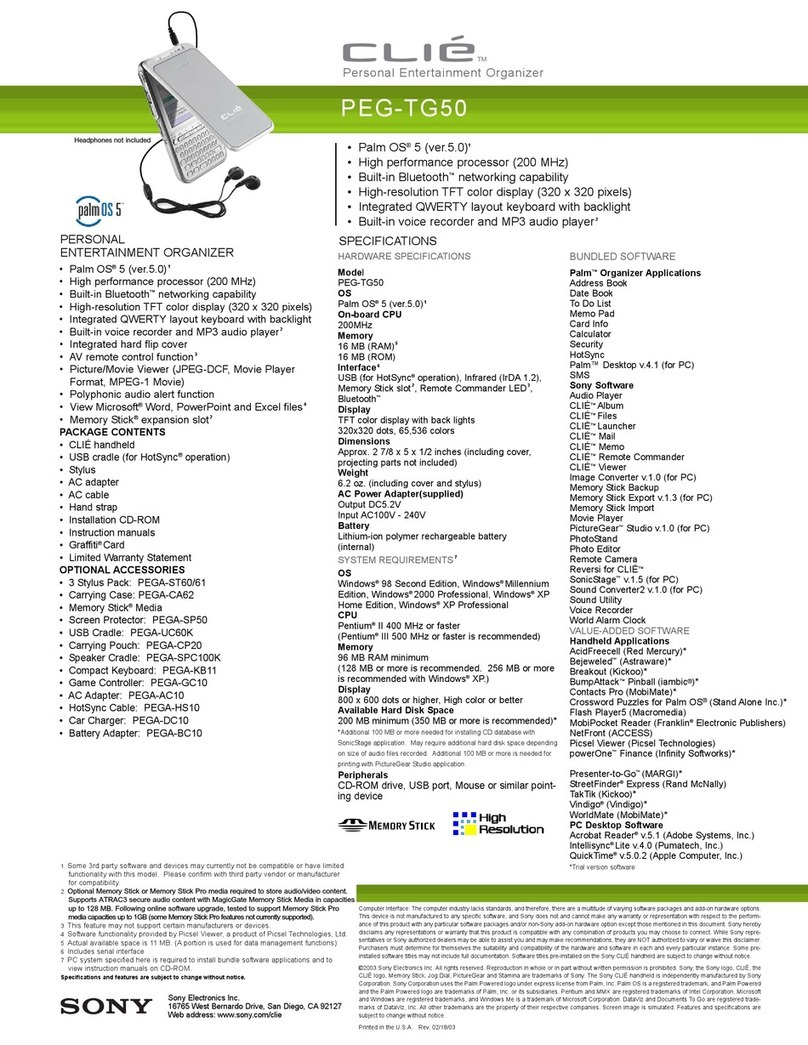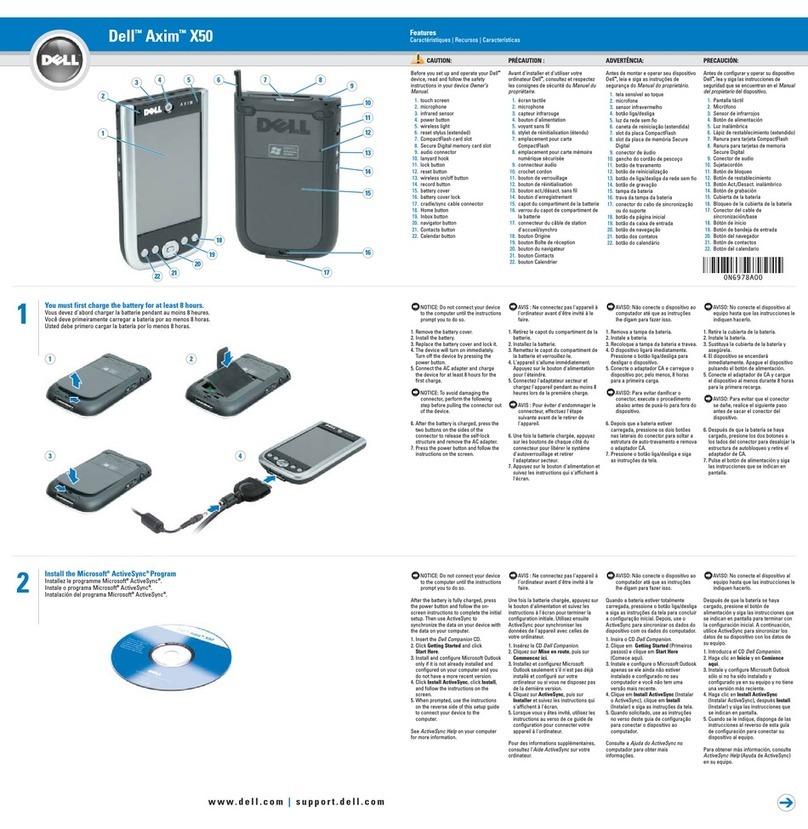Apeks PULSE User manual

PULSE
Nitrox Dive Computer
User's Guide

2
3
Pulse Owner's Manual
Contents
FOR YOUR SAFETY.................................................5
INTRODUCTION....................................................8
SECTION 1 - Using the Pulse on the Surface............9
The Push Buttons .........................................................................10
Mode Indicators............................................................................11
Time Display Mode (pre-dive)..................................................... 12
Backlight ................................................................................16
Low Battery Indicator ...............................................................16
Time Display Mode (post-dive) ................................................... 17
Wait-to-y Guidelines ................................................................... 19
Setting the Time, Date & 12/24 Hour Format...........................20
Plan Mode/Plan Simulator.......................................................... 26
Plan Simulator ........................................................................28
Setting Alarms............................................................................... 30
Turning Alarms on and off .......................................................30

2
3
Pulse Owner's Manual
Alarm Clock Setting..................................................................31
Setting Dual Time.........................................................................32
Logbook Mode .............................................................................34
Logbook Page 1........................................................................35
Logbook Page 2........................................................................38
Logbook Page 3........................................................................40
Prole Mode .................................................................................42
Transfer Data Mode...................................................................... 44
Change Units of Measure ............................................................ 46
SECTION 2- Diving With The Pulse........................ 47
Pre-Dive Checklist......................................................................... 48
Automatic Activation....................................................................49
Testing the water contact ...........................................................49
No-decompression Dive Mode..................................................... 50
Primary Display.......................................................................50
Alternate Display 1...................................................................52

4
5
Pulse Owner's Manual
Alternate Display 2...................................................................54
Safety Stop...............................................................................55
Decompression Dive Mode .......................................................... 56
Summary of Warnings and Alarms .............................................. 58
FO2 Warning..........................................................................58
Fast Ascent Warning ................................................................58
PO2 Warning..........................................................................59
Decompression Stop Violation Warning........................................59
Oxygen Bar Graph Warning......................................................60
Out-of-Range Warning .............................................................60
Gage Mode.................................................................................... 62
Primary display .......................................................................62
CARE & MAINTENANCE....................................... 64
Care before the dive ...................................................................64
Care during the dive .................................................................65
Care after the dive ....................................................................65
Changing the Battery................................................................66

4
5
Pulse Owner's Manual
FOR YOUR SAFETY
All warnings and cautions are identified with the triangle symbol.
Whenever you see a warning or a caution, read it carefully, as it may
protect you from serious injury or damage to the product. Read the
manual in its entirety before attempting to use the Pulse computer.
WARNING: Decompression sickness (aka, “the bends”)
is an inherent risk of SCUBA diving. Even if you properly
follow all the instructions in this manual, and dive within
the recreational limits of SCUBA diving, you still run the
risk of getting decompression sickness, or some other
inherent risk of SCUBA diving. Unless you are fully aware
of these risks and are willing to personally accept and as-
sume responsibility for those risks, do not use the Pulse
dive computer
The Pulse, or any other dive computer, does not actually monitor
changes that occur in your body as you dive. Rather, it is performing
calculations using algorithms developed by leading decompression

6
7
Pulse Owner's Manual
experts and backed by years of research and thousands of dives. How-
ever, these algorithms cannot account for factors like dehydration, fa-
tigue, obesity, or poor physical conditioning. Therefore, always leave
a comfortable safety margin in respect to no-decompression time and
ascent speed. The computer is designed to ASSIST you in making a
dive, not to CONTROL your dive.

6
7
Pulse Owner's Manual
WARNING: Using the Pulse will not prevent decompres-
sion sickness, but using it sensibly reduces this risk. You
must accept that there is no device or procedure that
will totally prevent the possibility of a decompression
accident.

8
9
Pulse Owner's Manual
INTRODUCTION
Congratulations on the purchase of your new Pulse dive computer. As
with all diving equipment, it is important to understand the features
and functions of the Pulse. Before using the computer, read this
manual in its entirety. Contained within this manual are illustrations
to aid you in understanding the computer.
Section 1 instructs you on how to navigate through the Pulse’s surface
modes. Section 2 describes all the underwater displays and functions
while diving with the Pulse. Lastly, Section 3 covers care & mainte-
nance.
This manual will clearly and concisely instruct you on the use of the
Pulse. However, if you have any questions on the material contained
in this manual, please contact your nearest authorized dealer.

8
9
Pulse Owner's Manual
SECTION 1
Using the Pulse on the Surface

10
11
Pulse Owner's Manual
Figure 1.
The push buttons
The Push Buttons
The Pulse has four buttons that allow you to access modes, change
settings and switch displays. Next to each button is a label (MODE,
LOCK, SELECT and SET, see Figure 1). These labels are primarily
related to the various set modes, such as Time Set Mode and Dive Set
Mode. However, the buttons have different functions in other modes,
such as Plan Mode or Dive Mode. It is important to thoroughly read
and understand the manual so you know the functions of the buttons
in all situations.

10
11
Pulse Owner's Manual
Mode Indicators
At the bottom of the LCD are six mode indicators: D.S (dive set-
tings), PLAN (plan mode), AL (alarm settings), D.T (dual time set-
ting) LOG (logbook), and PROF (profile). Details on accessing and
entering these modes are explained later in the manual.
Dive
Set
Mode Plan
Mode Alarm
Set
Mode
Dual
Time
Set
Mode
Logbook
Memory
Prole
Memory
Figure 3.
Mode
Indicators

12
13
Pulse Owner's Manual
Time Display Mode (pre-dive)
ab
c
d
e
f
h
g
Figure 3.
Time Display Mode

12
13
Pulse Owner's Manual
The Pulse’s default mode is the Time Display Mode (figure 3). The
computer always returns to the time display after making a dive or ex-
iting from one of the other modes, such as Plan Mode or Log Mode.
If there is no button activity for several minutes while in another
mode, the computer will automatically exit back to the time display.
a. Day: Day of the week:
b. Date: Displayed in month-day format.
c. Time of day: Displayed in 12-hour or 24-hour format. The
24-hour format does not use AM and PM. For example, 15:45
is the same as 3:45 PM. Selecting the 12- or 24-hour format is
explained on page 21.
d. Dual Time: Dual time shows the time in a different time zone.
If Dual time is set the same as the current time, it will not be
displayed.
e. Alarm clock icon: If the alarm clock is turned on, the icon will
appear.
continued...

14
15
Pulse Owner's Manual
f. Hourly alarm icon: If the Pulse is set to sound an alarm every
hour, the bell icon will be displayed
g. Nitrox indicator: If FO2 for mix 1 has been set to 22% or higher,
the Nitrox indicator will be displayed. See page 23 for more info
on nitrox settings.
CAUTION: If the Nitrox indicator is flashing, it means that
the Pulse has defaulted to 99% FO2. You must reset the
FO2 to match the contents in your cylinder.
h. Altitude sector: The Pulse automatically adjusts for altitudes
up to 19,680 ft. (6000 m). The following table lists the altitude
sectors and their corresponding altitude range.
WARNING: When diving at altitude, make sure the altitude
sector matches the actual elevation of the dive site, oth-
erwise, the Pulse may display inaccurate information.
Note: When arriving at a new altitude sector, segments on the
nitrogen loading bar graph may appear, even if you have not made
a dive.

14
15
Pulse Owner's Manual
Sector Altitude Range
Sea Level to 2624 ft (800 m)
2624 ft (800 m) to 5248 ft (1600 m)
5248 ft (1600 m) to 7872 ft (2400 m)
7872 ft (2400 m) to 19680 ft (6000 m)
Error. Icons flash above 19680 ft (6000 m)

16
17
Pulse Owner's Manual
Backlight
To activate the backlight, press SET. The backlight will stay on for 3
seconds.
Low Battery Indicator
When the battery power is too low for the computer to function
properly, the Pulse displays a battery icon (see figure 4). When the
battery icon is blinking, you can place
the computer into Transfer Mode to
download your dive profiles to a PC, but
it will not enter dive mode. When the
battery icon stops blinking, you cannot
dive with the computer and will not be
able to transfer to a personal computer.
Figure 4.
Low Battery Warning

16
17
Pulse Owner's Manual
Time Display Mode (post-dive)
After making a dive, the Time Display Mode shows additional infor-
mation (figure 5):
a. Nitrogen Bar Graph. The
Nitrogen bar graph is a series of
nine segments that graphically
represent your body’s residual
nitrogen. During the surface in-
terval, the Nitrogen Bar Graph
starts to recede, indicating that
you are off-gassing nitrogen.
b. Oxygen Bar Graph. The
Oxygen Bar Graph is a series of
eight segments that graphically
represent your CNS clock. It
tracks your exposure to higher
partial pressures of oxygen
when diving with enriched air nitrox.
ab
Figure 5.
Time Display - Post Dive

18
19
Pulse Owner's Manual
To view desaturation time and surface interval time, press SELECT
(see figure 6).
a. Desaturation Time: Desatu-
ration time is the amount
of time it takes to release all
the residual nitrogen left
in your body from previous
dives. Any dive made while
there is still desaturation
time remaining is consid-
ered a repetitive dive.
b. Surface Interval Time:
Surface interval time is
the amount of time since
surfacing from a dive. It is
displayed until desaturation
time reaches zero.
Figure 6.
Press SELECT to view
Desaturation Time and
Surface interval Time
ab

18
19
Pulse Owner's Manual
Wait-to-y Guidelines
The Undersea and Hyperbaric Medical Society (UHMS) suggests
that divers using standard air tanks and exhibiting no symptoms of
decompression sickness wait 24 hours after the last dive to fly in an
aircraft with a cabin pressure of 8000 feet (2438 m) or less. The two
exceptions to this recommendation are:
1. Less than two hours of dive time in the last 48 hours, then wait
12 hours before flying.
2. Following a decompression stop dive, wait at least 24 hours or, if
possible, 48 hours.
Both UHMS and Divers Alert Network (DAN) agree that there can
never be a flying after diving rule that is guaranteed to prevent
decompression sickness. Rather, there can be a guideline that rep-
resents the best estimate for a conservative surface interval for the
vast majority of divers. There will always be an occasional diver whose
physiological makeup or special diving circumstances will result in
decompression sickness.

20
21
Pulse Owner's Manual
Setting the Time, Date & 12/24 Hour Format
Figure 7.
Tine, date, 12/24
hour setting
ENTER/EXIT
CHANGE SETTING
NEXT FIELD
Table of contents

